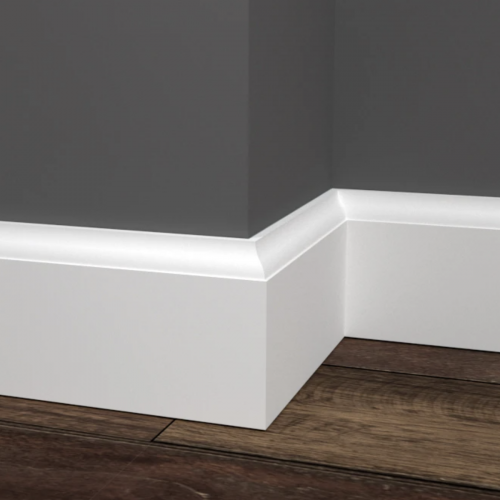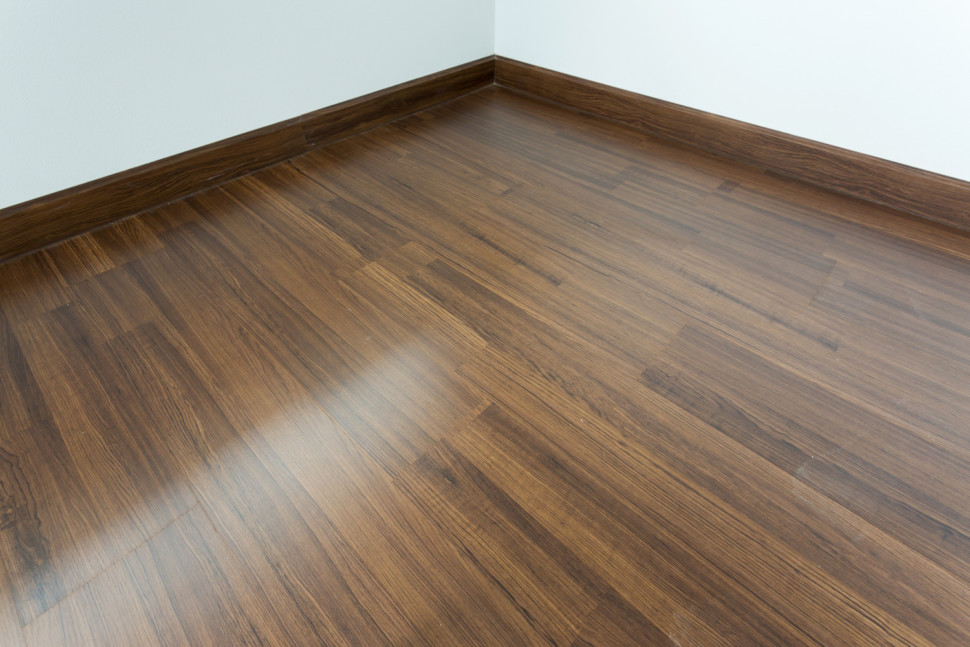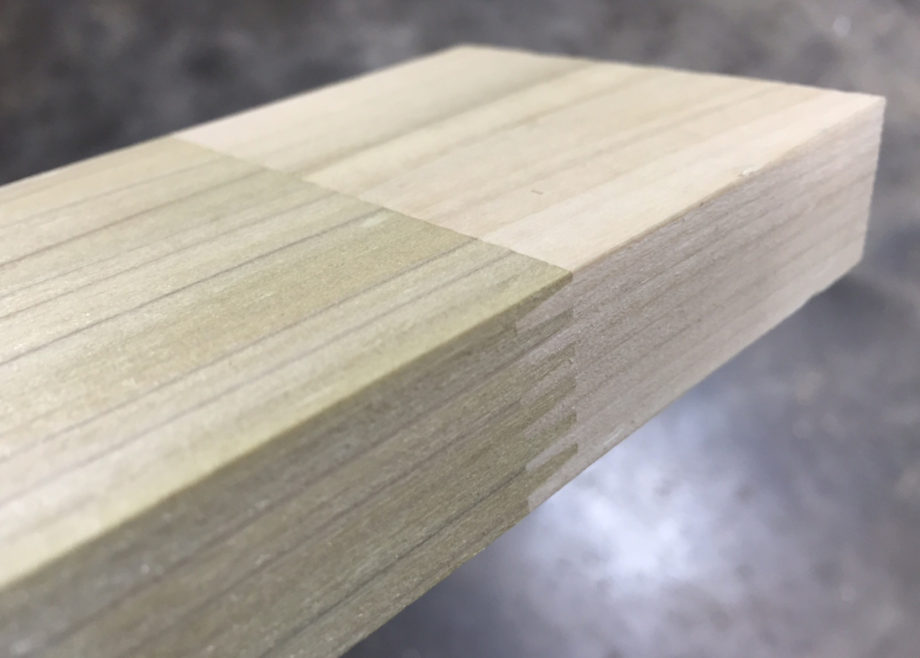Types of Interior Moulding For Your Home

The 3 Best Types of Interior Moulding for Your Home
When you’re remodeling your home, a crucial design element to consider is interior trim. Sure, trim can take up minimal space in a house, but it can significantly impact the design aesthetic. There are many types of interior moulding and trim to choose from, and we’re here to show you our three favorite types.
3 Types of Interior Moulding To Incorporate Into Your Home
There’s an array of types of interior moulding to decide between. Some trim can stand up against moisture, while others are prone to warping and shrinkage when they get wet. If you’re wondering what style is best for your home, we’re here to help!
1. MDF (Medium-Density Fiberboard)
In today’s market, MDF is increasingly being used in homes. It’s made from a wood source, such as small branches, and it’s manufactured to resemble the look of wood.

Pros of MDF
- Lower cost than wood
- Split-resistant
- Flexible, suitable for curved areas
- The standard manufactured length is 16 feet, compared to solid hardwoods that tend to come in more random length and long lengths
Cons of MDF
- Can be damaged by water
- Cannot be stained; must be painted
- Prone to chipping
Homeowners opt for MDF interior moulding if they’re trying to save money while maintaining a classic, wood-like appearance. Although MDF is more affordable than unprimed wood or primed pine, the cost difference may or may not be significant. It depends on how much you’re installing.
You’ll typically save about 10% if you decide to use MDF, which can add up if you’re installing hundreds of feet of trim, but it won’t make a significant difference if you’re updating just one of two small rooms.
MDF trim is easier to install than natural wood. It’s made from a soft material that’s easily cut and won’t split under pressure. If any blemishes do occur during installation, they can quickly be sanded out of the surface.
2. Hardwood

Hardwood interior trim and moulding will never go out of style. It has a natural appearance that can add character and beauty to any home. Many different kinds of wood can be used as interior wall trims. Poplar, oak, and maple are three of our favorites.
Pros of Poplar
- Easy to cut with little to no grain tear
- Split-resistant
- Can be recycled and repurposed
Cons of Poplar
- Cannot be stained; must be painted
- Very soft and dents easily
- Prone to twisting, warping, and swelling with moisture and humidity
Pros of Maple
- Strong and durable
- Long lasting and doesn’t dent easily
- Has a straight wood grain characteristic and a uniform color
Cons of Maple
- Vulnerable to shrinkage
- Prone to fading
- Maple is an affordable alternative to pricier woods, but this is causing deforestation and high demand for maple trees
Solid hardwood is an excellent option for interior trim because it’s strong, durable, and dent-resistant so that it can hold up against everyday bumps and scratches. However, it can be expensive and prone to shrinkage and moisture damage. So if it’s used for floorboards or to surround doors and windows in an area where it can get wet, you should use caution.
3. Finger-Jointed Pine

Finger-jointed pine is a softwood timber material made by joining together small, individual pieces of wood with glue and creating interlocking “fingers” to create a zig-zag pattern at the joint site. This results in a product that’s stronger than the original wood material.
Pros of Finger-Jointed Pine
- Less expensive than solid wood
- Readily available in primed
- Easy to install
- Resistant to moisture, splitting, twisting, and warping
Cons of Finger-Jointed Pine
- Slightly more expensive than MDF
- Softer than MDF and can be more susceptible to dents and marks
- Can come out crooked in some instances
Finger-jointed pine is the best of both worlds. It’s less expensive than solid wood but offers all the same benefits and characteristics as natural timber. It responds to nails well, and one person can easily install it. Plus, it’s more affordable than other options, is built to last, and requires little maintenance, so there is a reduced risk of needing replacement.
Look to Standard Supply & Lumber for All Your Interior Trim Needs
If you’re looking to switch up a space in your home, adding interior molding or trim could be the next best design element to consider. Contact us at Standard Supply & Lumber to discover the top-notch products we have to take your home to the next level.
We offer popular types of trim materials like MDF, pine, and poplar, so you can decide the style, installation, performance, and maintenance that works best for you. No matter what you pick, you’re sure to enhance your home’s design!
